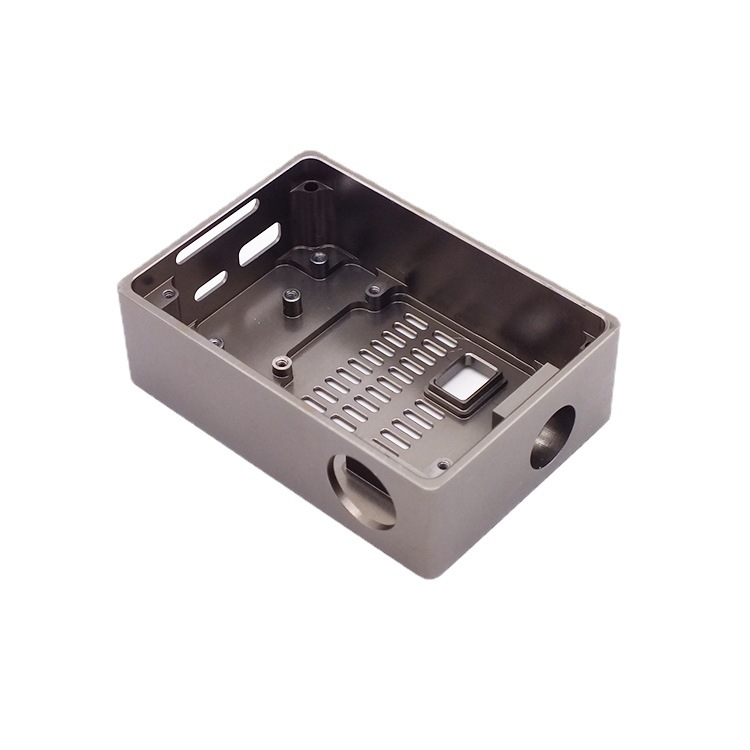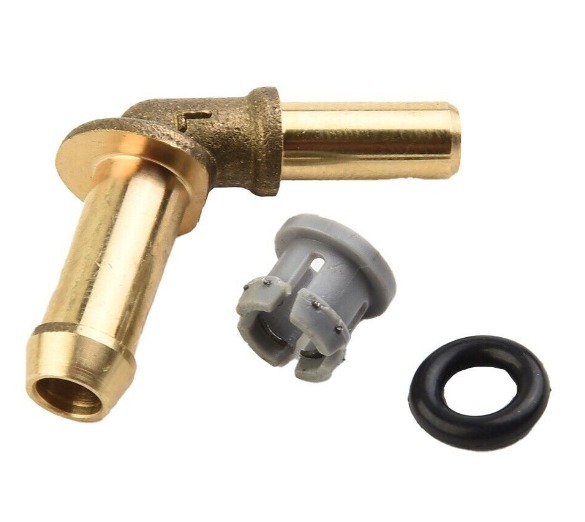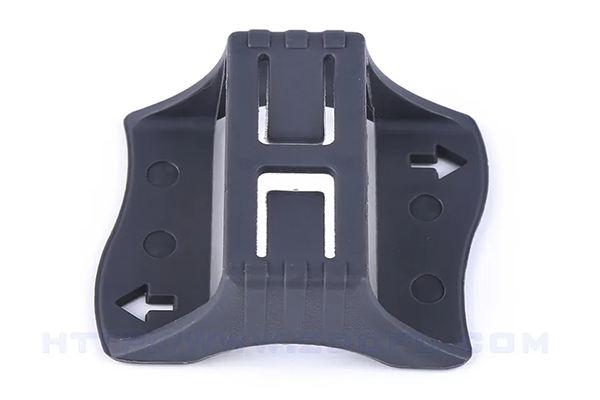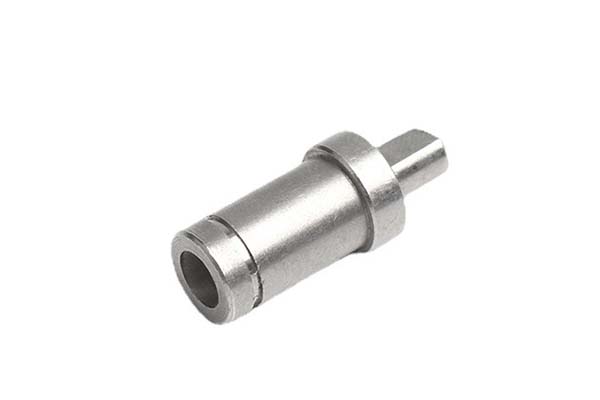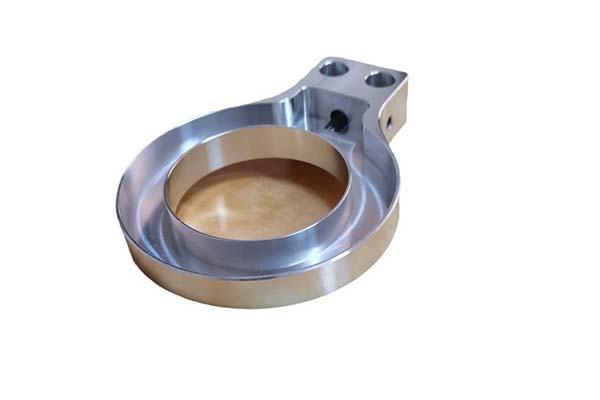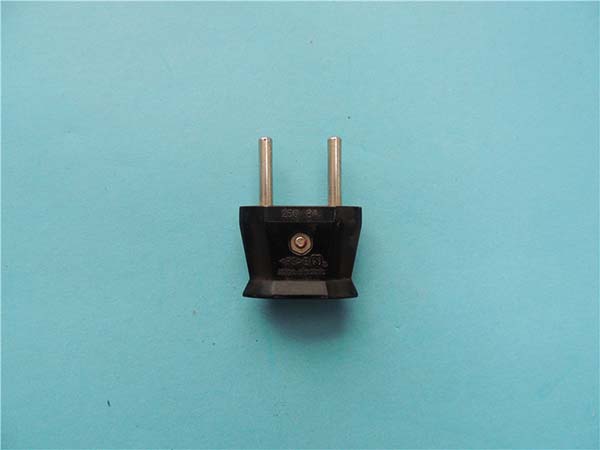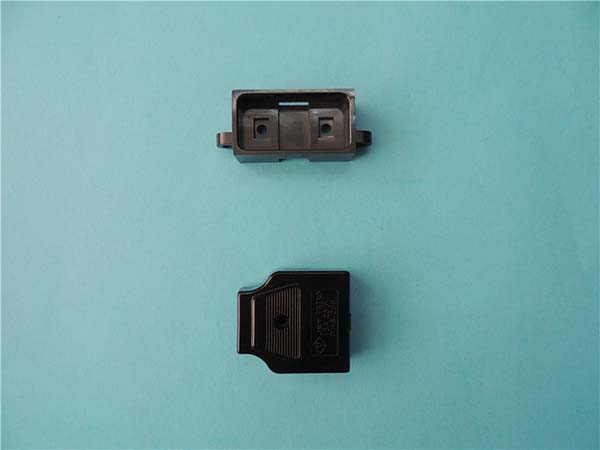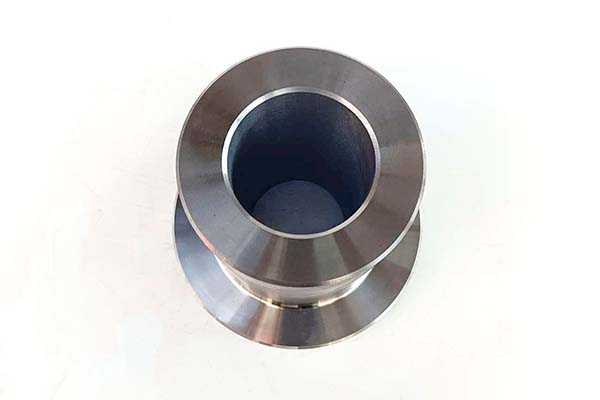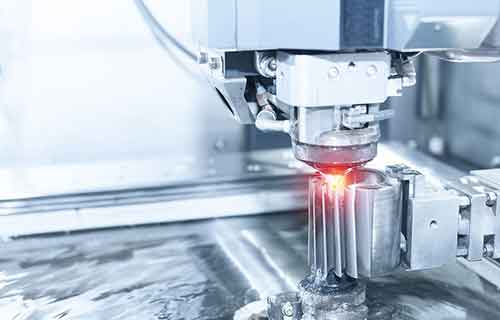Introduction to Insert CNC Turning
Definition and Importance of Insert CNC Turning
Insert CNC turning is a specialized form of CNC machining where replaceable cutting tools, known as "inserts," are used to shape and machine components. These inserts are typically made from durable materials such as carbide, ceramic, or high-speed steel, and they are designed for specific cutting applications. The replaceable nature of inserts allows for longer tool life, cost savings, and high-efficiency manufacturing. Insert CNC turning services are essential in industries that require precision-engineered components, such as aerospace, automotive, medical devices, and electronics.
Understanding Insert CNC Turning Services
Insert CNC turning services involve the precision manufacturing of components using CNC machines with interchangeable inserts. These services vary by provider, with some specializing in high-precision work, while others may focus more on efficiency, cost-effectiveness, or producing large volumes of parts quickly. Understanding the capabilities of different providers is crucial to ensuring that the service you choose meets the demands of your specific project, whether it requires tight tolerances, rapid turnaround, or specialized materials.
Types of Inserts and Their Applications
Insert CNC turning services can create a variety of insert types, each designed for different applications:
- Indexable Inserts: These inserts are used primarily in metal cutting applications. Their key feature is that they can be rotated to expose a fresh cutting edge, extending tool life and reducing overall production costs. These are common in general machining applications.
- Non-Indexable Inserts: These are single-use inserts designed for tasks where the focus is on achieving the highest precision, and tool life is not a primary concern. They are often used for precision parts that require one-time machining.
- Custom Inserts: These inserts are specifically tailored to meet the requirements of highly specialized applications, such as aerospace, medical devices, or custom automotive components. These can include unique geometries, coatings, or material choices to meet specific functional needs.
Each type of insert has distinct advantages and is chosen based on the precision, material, and performance requirements of the project at hand.
The Role of Precision in Insert Manufacturing
Precision and Tolerance
In insert CNC turning, precision is crucial. A deviation of even a few micrometers can lead to performance issues, particularly in applications where high-stakes operations are involved, such as aerospace, medical, or automotive systems. Precision in manufacturing inserts involves maintaining extremely tight tolerances, often down to ±0.0001 inches or ±0.001 inches, depending on the complexity of the part.
Achieving Tight Tolerances in Insert CNC Turning
To achieve the required precision in insert CNC turning, advanced technology and skilled operators are essential. The best manufacturers employ high-precision CNC turning machines that are equipped with state-of-the-art measurement systems. These systems, combined with real-time monitoring and automated feedback loops, ensure that each insert meets the exact tolerances specified in the design.
Moreover, high-level operators play a crucial role in fine-tuning machine settings, selecting appropriate cutting speeds and feeds, and inspecting parts for quality. In industries where even minor imperfections can result in equipment failure or unsafe conditions, achieving tight tolerances is not just a matter of quality—it's a matter of safety and performance.
Impact of Precision on Product Performance
The precision of inserts directly affects the functionality and reliability of the final product. For example, in aerospace or automotive applications, even a slight variation in an insert's dimensions could compromise the performance of critical components like turbine blades, engine parts, or transmission systems. Therefore, high-precision insert CNC turning is essential to ensure that the finished parts fit together seamlessly, perform optimally, and maintain durability.
Efficiency and Production Speed
How Modern CNC Turning Machines Boost Efficiency
Modern CNC turning machines are designed for optimal efficiency. With advanced features such as multi-axis machining, these machines can perform multiple operations in a single cycle, including turning, drilling, and milling. This reduces the need for multiple setups, speeds up the machining process, and improves overall production efficiency. Additionally, advanced software algorithms can optimize tool paths, minimize cycle times, and maximize throughput while maintaining the desired precision.
Batch Processing and Turnaround Times
Batch processing is another key feature that enhances the efficiency of insert CNC turning services. This process allows manufacturers to produce large quantities of inserts with consistent quality in a short amount of time. By running several parts simultaneously, manufacturers can achieve faster production rates while maintaining the same level of precision. Quick turnaround times are especially beneficial for industries that require large volumes of parts on tight deadlines, such as automotive production lines or medical device manufacturing.
Material Options and Selection
Common Materials Used for Inserts
Insert CNC turning services can work with a variety of materials, each chosen based on the specific demands of the application. Some of the most common materials used include:
- High-Speed Steel (HSS): Known for its toughness and ability to withstand high temperatures, HSS is often used for general machining tasks where durability is key.
- Carbide: Carbide is a very hard and wear-resistant material, making it ideal for applications requiring long tool life and high precision. Carbide inserts are commonly used in heavy-duty machining and for parts with tight tolerances.
- Ceramic: Ceramic inserts are used in ultra-high-speed cutting applications due to their exceptional hardness and heat resistance. They are commonly used in high-performance industries like aerospace and automotive.
- Titanium: Titanium is valued for its high strength-to-weight ratio and corrosion resistance, making it an ideal material for aerospace, medical, and defense applications.
Material Selection Based on Application Needs
Choosing the right material for inserts depends on the specific application. For example:
- Carbide is often selected for its wear resistance in demanding cutting applications, making it ideal for industries like aerospace and automotive.
- Ceramic is chosen when heat resistance is critical, such as in high-speed cutting applications.
- Titanium is selected for parts that need to be both lightweight and strong, commonly in medical devices or aerospace components.
Understanding the material properties and selecting the right material for the job ensures that the inserts perform optimally in their intended application.
Case Studies and Success Stories
Real-World Examples of Successful Insert CNC Turning Projects
- Aerospace Industry: A major aerospace company needed inserts for a series of critical engine components. By partnering with a top-tier CNC turning service provider, they were able to achieve the required tolerances and material specifications. These inserts contributed to the safe and reliable performance of the aircraft engines in which they were used.
- Automotive Sector: A leading automotive manufacturer required precision inserts for a new transmission system. The CNC turning service provided inserts that met the tight tolerances necessary for smooth operation and longevity, helping the automotive company deliver high-performance vehicles to the market.
- Medical Devices: A medical device manufacturer required inserts for precision surgical instruments. The CNC turning service provider delivered inserts that met stringent regulatory requirements and ensured the safety and effectiveness of the surgical tools.
These case studies showcase the versatility and importance of insert CNC turning services across different industries, highlighting how precision and efficiency in insert manufacturing can contribute to product success.
Conclusion: Choosing the Right Insert CNC Turning Service
Selecting the right insert CNC turning service provider is critical to ensuring high-quality parts that meet precise specifications. When evaluating potential manufacturers, consider the following:
- Precision Capabilities: Choose a provider with a proven track record of delivering tight tolerances and high precision.
- Efficiency and Speed: Look for a service that can handle high-volume production while maintaining fast turnaround times without compromising on quality.
- Material Expertise: Ensure that the provider has extensive experience working with the materials required for your project.
- Case Studies and Reviews: Review past projects and feedback from clients to gauge the provider's reliability and expertise.
- Cost: While cost is important, it should not come at the expense of quality and precision. Ensure that the provider delivers value by balancing cost with performance.
By considering these factors, you can find the insert CNC turning service that best aligns with your project's specific needs, ensuring both precision and efficiency in the final product.
FAQs
Q1: What are the typical tolerances for insert CNC turning?
A1: Typical tolerances for insert CNC turning range from ±0.0001 inches to ±0.001 inches, depending on the complexity of the part. Some high-precision applications may require even tighter tolerances.
Q2: How can I ensure the quality of inserts produced by a CNC turning service?
A2: To ensure quality, look for providers with ISO certifications, state-of-the-art equipment, and a strong quality control process. Requesting samples or visiting the facility for an audit can provide assurance of the service’s capabilities.
Q3: What are the common challenges faced in insert CNC turning, and how are they addressed?
A3: Common challenges include maintaining tight tolerances, ensuring tool longevity, and balancing production speed. These are addressed through advanced CNC technology, skilled operators, optimized programming techniques, and regular equipment maintenance and upgrades.
